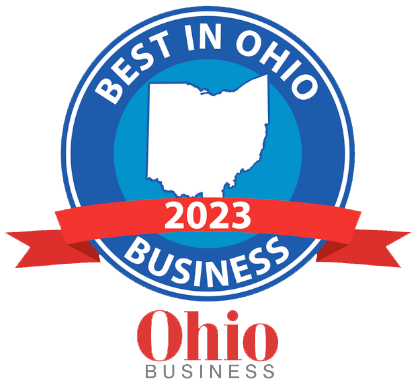 The U.S. Small Business Administration (SBA) published new guidance on July 28, 2021, designed to simplify and speed up the forgiveness process for businesses and not-for-profits with Paycheck Protection Program (PPP) loans of $150,000 or less.
The U.S. Small Business Administration (SBA) published new guidance on July 28, 2021, designed to simplify and speed up the forgiveness process for businesses and not-for-profits with Paycheck Protection Program (PPP) loans of $150,000 or less.
In a new interim final rule (IFR), the SBA introduced a COVID Revenue Reduction Score that can be used at the time of forgiveness to document the required revenue reduction for second-draw PPP loans. The IFR also establishes a direct borrower forgiveness process for lenders that choose to opt in as an alternative method of processing loan forgiveness applications.
The IFR additionally extends the loan deferment period for PPP loans in cases where the borrower files a timely appeal of a final SBA loan review decision.
Many smaller PPP lenders say they lack the technology and manpower to develop efficient electronic loan forgiveness platforms to process applications.
Overwhelmed by the volume of PPP loans, and mindful of the statutory 60-day requirement for lenders to issue a forgiveness decision to the SBA from receipt of the borrower’s loan forgiveness application, many smaller lenders are limiting when they will accept forgiveness applications from borrowers. This policy leaves borrowers uncertain if they will have to start making payments on their PPP loans while they are waiting for their lenders to process their forgiveness applications.
To address these problems, the SBA is making two significant changes. Further guidance for both changes from the SBA will be coming soon.
COVID Revenue Reduction Score
To streamline forgiveness of second-draw PPP Loans of $150,000 or less, where the borrower did not submit documentation of revenue reduction at the time of the loan application, the SBA will offer an alternative form of revenue reduction confirmation.
Second-draw PPP loans of $150,000 or less will be assigned a COVID Revenue Reduction Score created by an independent, third-party SBA contractor. This score will be based on a variety of inputs, including industry, geography, business size, and current economic data on the economic recovery and return of businesses to operational status.
The score will be maintained in the SBA’s loan forgiveness platform and will be visible to lenders to use as an alternative to document revenue reduction. Additionally, the score will be visible to those borrowers that submit their loan forgiveness applications through the platform using the direct borrower forgiveness process described in the next section.
When the score meets or exceeds the value required for validation of the borrower’s revenue reduction, use of the score will satisfy the requirement for the borrower to document revenue reduction. When the score does not meet the value required for validation of the borrower’s revenue reduction, and if the borrower has not already provided documentation to the lender that validates the borrower’s revenue reduction, the borrower must provide documentation either directly to the lender (for those lenders that do not opt in to the direct borrower forgiveness process) or provide documentation to the lender by uploading it to the platform.
Direct borrower forgiveness process
The SBA is launching a new direct forgiveness process that provides PPP lenders with an optional technology solution that essentially will allow their borrowers to apply for loan forgiveness directly to the SBA through the new portal that will launch Aug. 4.
When a PPP lender opts in to the direct borrower forgiveness process, the new portal will provide a single secure location that integrates with the SBA’s PPP platform, and allows borrowers with loans of $150,000 or less to apply for loan forgiveness using an electronic equivalent of SBA Form 3508S. Upon receipt of notice that a borrower has applied for forgiveness through the platform, lenders will review the loan forgiveness application and issue a forgiveness decision to the SBA inside the platform.
Read more about the new PPP Loan Forgiveness Portal



